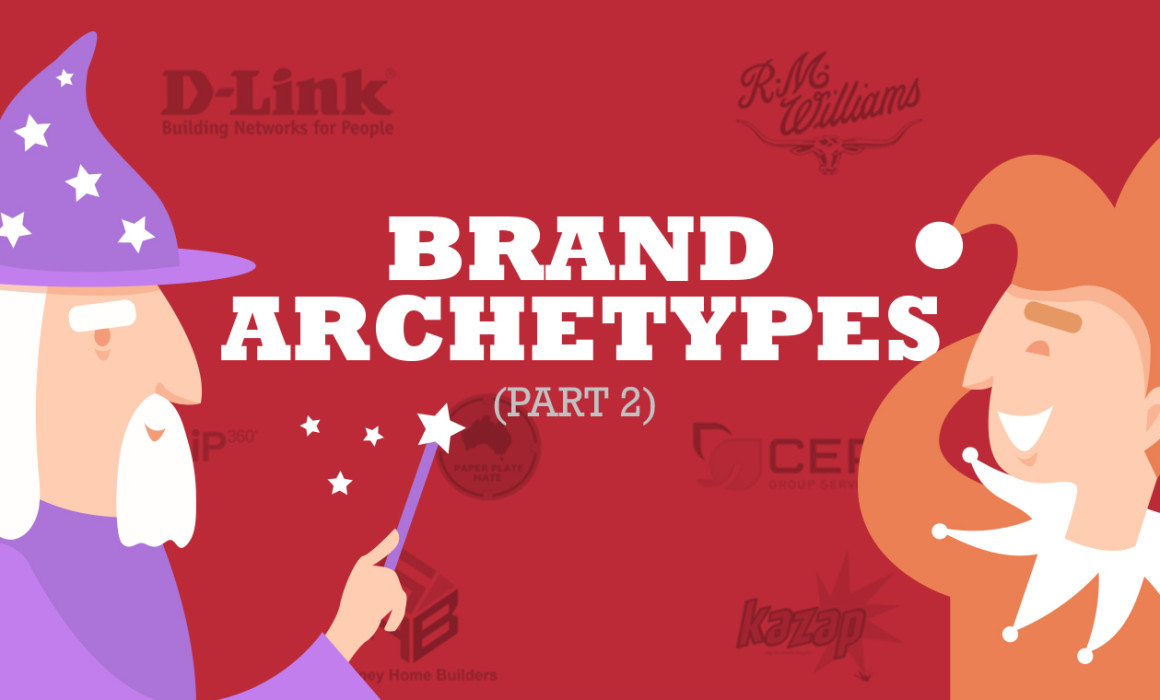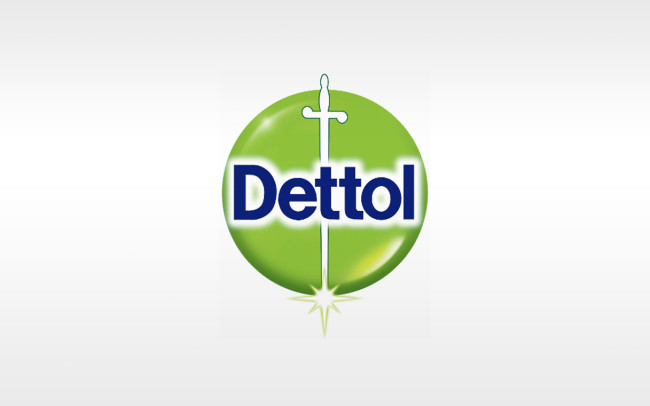Using Archetypes to Build Your Brand Part 2 (with brand archetype examples)
In this conclusion of a two-part series, we present to you six more brand archetypes–Magician, Outlaw, Jester, Lover, Every Man, and Caregiver–as well as a couple of examples of each. The first six archetypes (Ruler, Creator, Innocent, Sage, Explorer, and Hero) can be found in ‘Using Archetypes to Build Your Brand Part 1.’
After reading the first installment of this article, you discovered that your brand is neither a Ruler nor a Hero. It is not as passionate as the Creator or as adventurous as the Explorer. It is totally unlike Dove, an Innocent brand, or CNN, a Sage.
Perhaps your brand prefers non-exclusivity like the Every Man, or it takes things less seriously like the Jester. It may even be as defiant as the Outlaw. Find out which brand archetype suits your brand by exploring the last six archetypes in Pearson and Mark’s 12-item list.
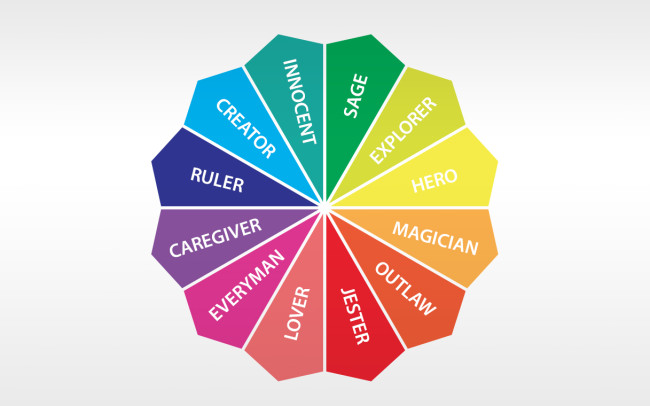
The 12 brand archetypes
7 The Magician Brand Archetype
Is your brand all about making dreams come true? If so, the Magician might be the brand archetype for you. Like Creators, Magicians develop a vision and follow through. But they foster imagination in such a way that their customers are left fascinated and enchanted. Beauty cream brand La Mer, and entertainment company Cirque du Soleil are known Magician brands.
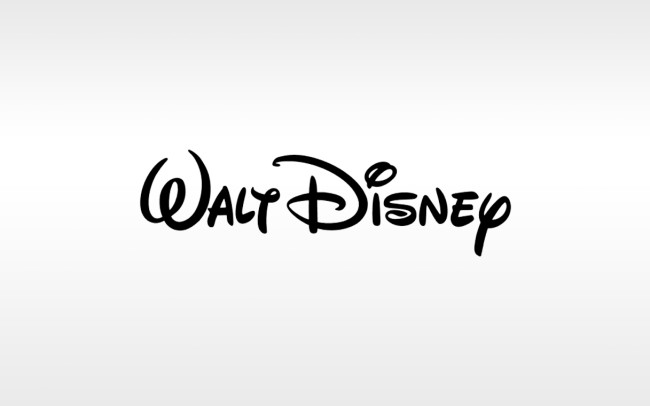
The Magician brand archetype: Disney
The Walt Disney Company, too, has all the makings of a Magician. Its movies, music, and stage plays have been a source of awe for its audience. Disneyland, dubbed as the ‘happiest place on earth,’ comes to mind when talking about wonderful experiences. Its people are likewise known to demonstrate a positive work ethic that complements the brand’s magical image.
8 The Outlaw Brand Archetype
The Outlaw (also known as the Rebel) is defiant, dead-set on disrupting or abolishing the status quo. Most brands under this archetype are easily distinguishable because of their free-spirited and sometimes subversive philosophy as well as radical designs. Harley Davidson, Diesel, and Virgin are obviously Outlaw brands.
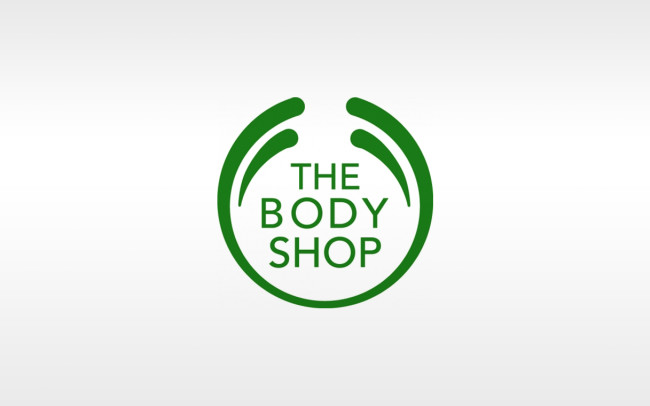
The Rebel brand archetype: The Body Shop
Whilst The Body Shop does not resemble the typical Outlaw, the beauty brand is a good example of this archetype. Breaking new ground with its idea that business can be a force for good, The Body Shop brought in fair trade practices to the cosmetics industry way back in the eighties, a time when such concepts were barely unheard of. Today it continues to introduce revolutionary ideas in the beauty sector.
9 The Jester Brand Archetype
If your brand finds fulfilment in spreading fun and spontaneity, it may be an extension of the Jester brand archetype. The Jester seeks to bring happiness to the world through play, humour, and jokes.
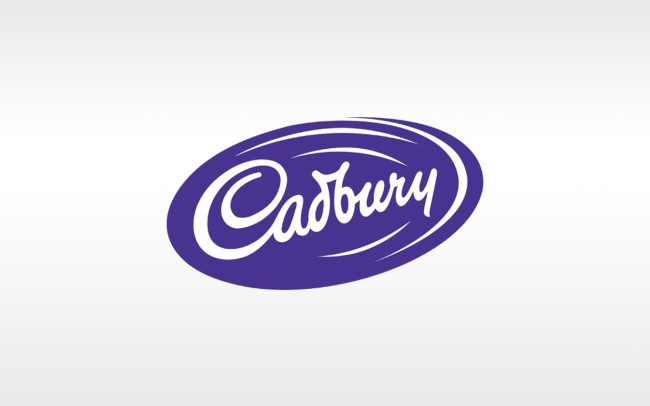
The Jester brand archetype: Cadbury
The Cadbury brand, for instance, is all about celebrating joyful moments, evident in its carefree and quirky television advertisements. Its latest product–an assortment of colourful sweets coated in milk chocolate–likewise shows the company’s penchant for playful experimentation. The qualities of the Jester are also evident in brands like Oreo and AAMI Insurance.
Choose a team that thinks like your customer. Choose Xortie
10 The Lover Brand Archetype
Dior, Tiffany & Co., Victoria’s Secret–what do these brands have in common? Passionate, intimate, and alluring, they draw individuals who appreciate beauty and love. Such are the attributes and approach of the Lover archetype, whose goal is to form deep, meaningful relationships with the people and things they love.
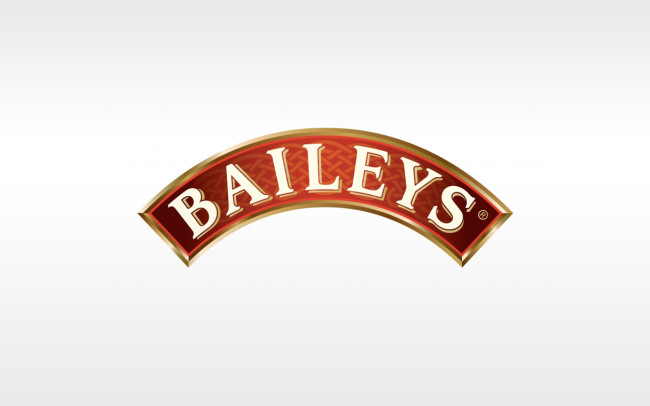
The Lover brand archetype: Baileys
Similarly, Irish cream brand Bailey’s evokes the Lover each time women share this drink with friends and significant others. Its magnetic personality is also unmistakable in its print and television advertisements as well as in its feminine and sophisticated bottle design.
11 The Every Man Brand Archetype
Whilst a number of brands take pride in their being elite, some of them celebrate the non-exclusive. The Every Man or Regular Guy/Gal archetype is just that: It aims to build a community where everyone fits in. Ikea and KitKat are Every Man brands because they appeal to the average person.
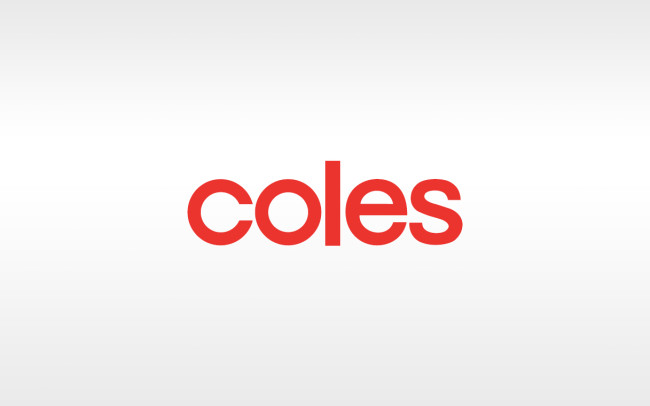
The Every Man brand archetype: Coles
Grocery chain Coles is another example of this brand archetype. The first Coles store was built with a mission of providing the ordinary Australian family with affordable products. A hundred years later, it continues to depict the Every Man with its price cuts, house brands, advertisements, and community advocacies.
12 The Caregiver Brand Archetype
Compassionate, generous, and dependable are the main qualities of the Caregiver brand archetype. It is common for advocacy and service-oriented organisations like TOMS Shoes, Medecins Sans Frontieres (Doctors Without Borders), and The Salvation Army to exhibit Caregiver attributes because they find meaning in putting others ahead of themselves.
But it is also easy to spot this archetype in other sectors. Hygiene brand Dettol, for one, is a Caregiver. It recognises the importance of family members in ensuring happiness and health in and out of the home by using vignettes that resonate with parents and those with supportive roles in the household.
So which archetype does your brand identify with? By knowing the key traits of each archetype, you will be able to personify your brand and retell your story to the public in a manner that is more meaningful to them. So gather your team and invite a brand consultant to review your brand. A good brand specialist can help you bring out the brand qualities your target market wants to surround themselves with.

